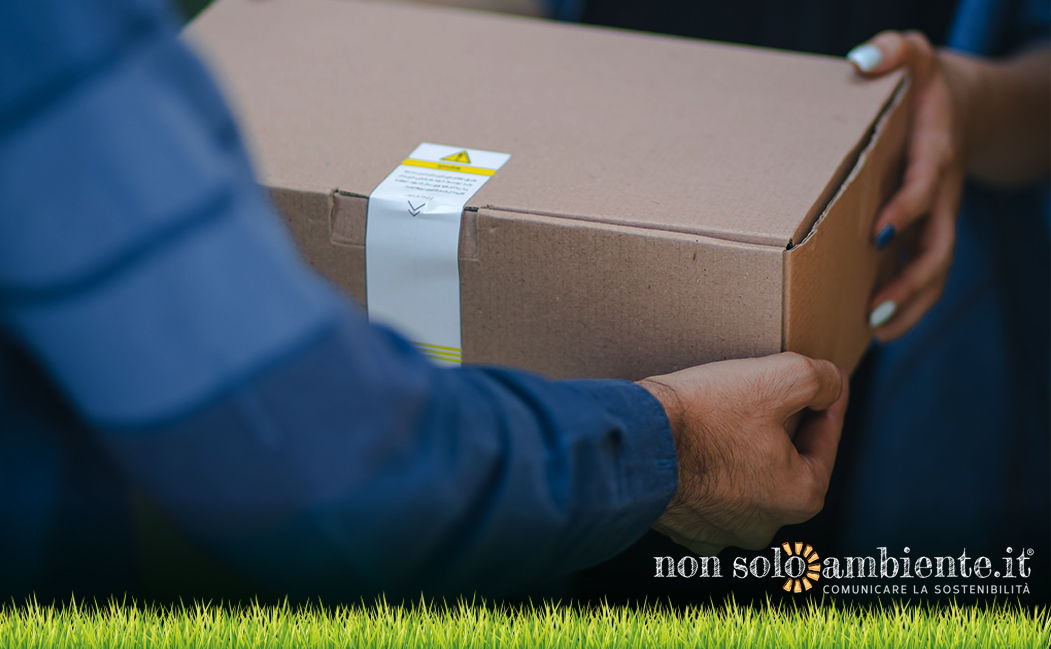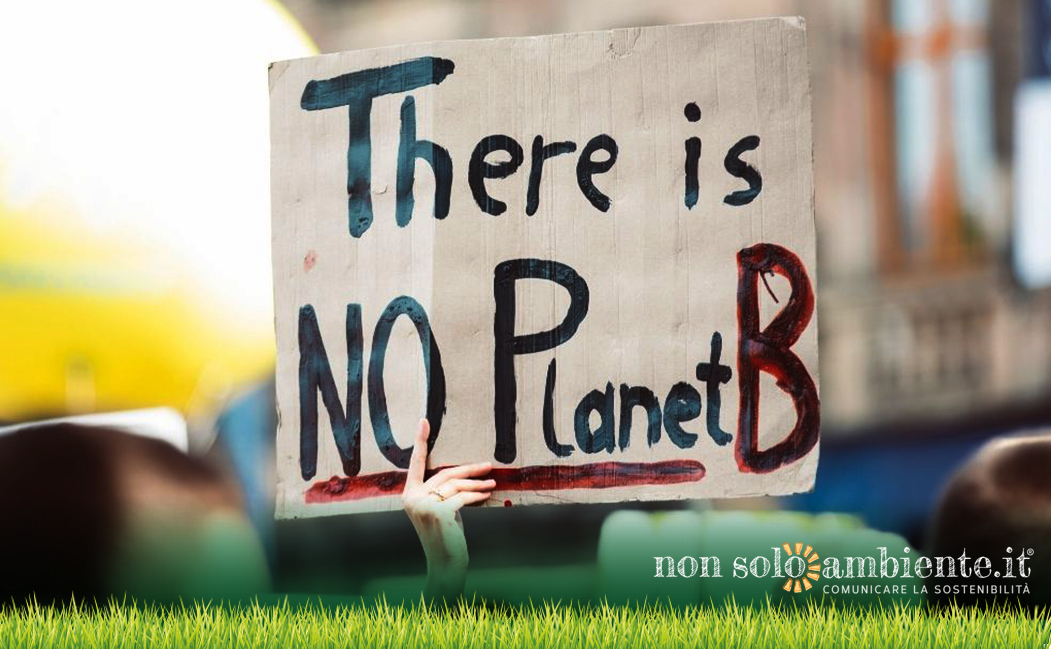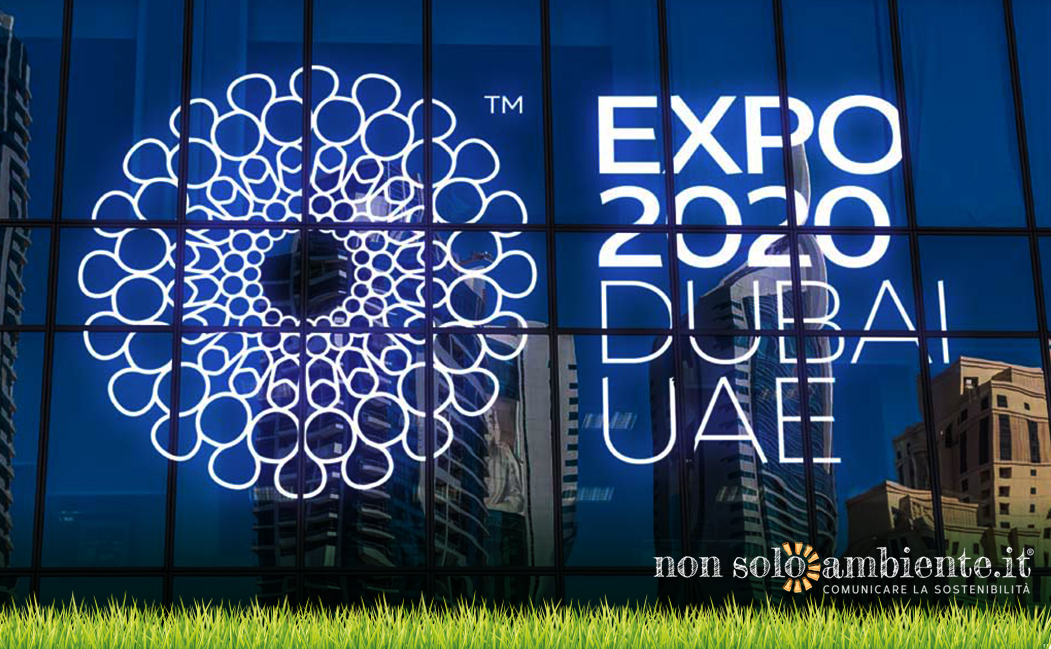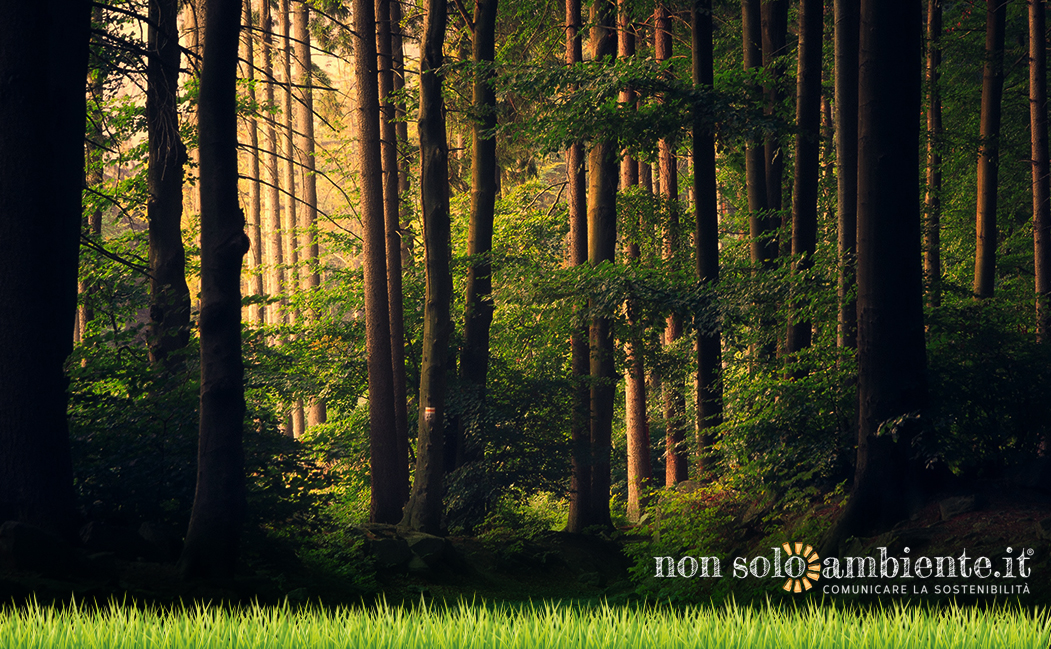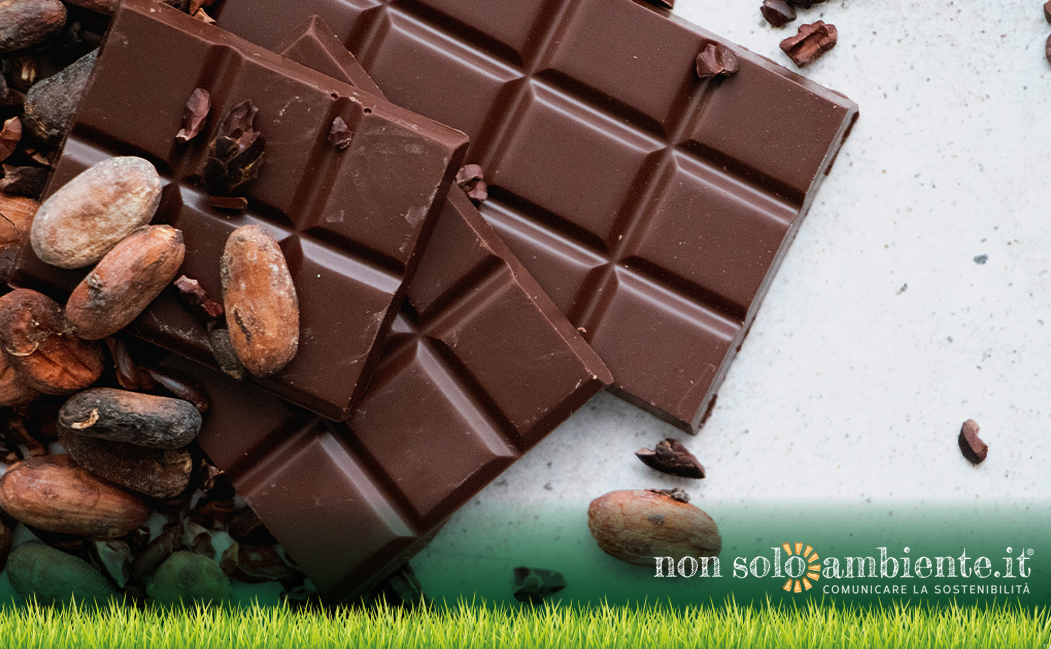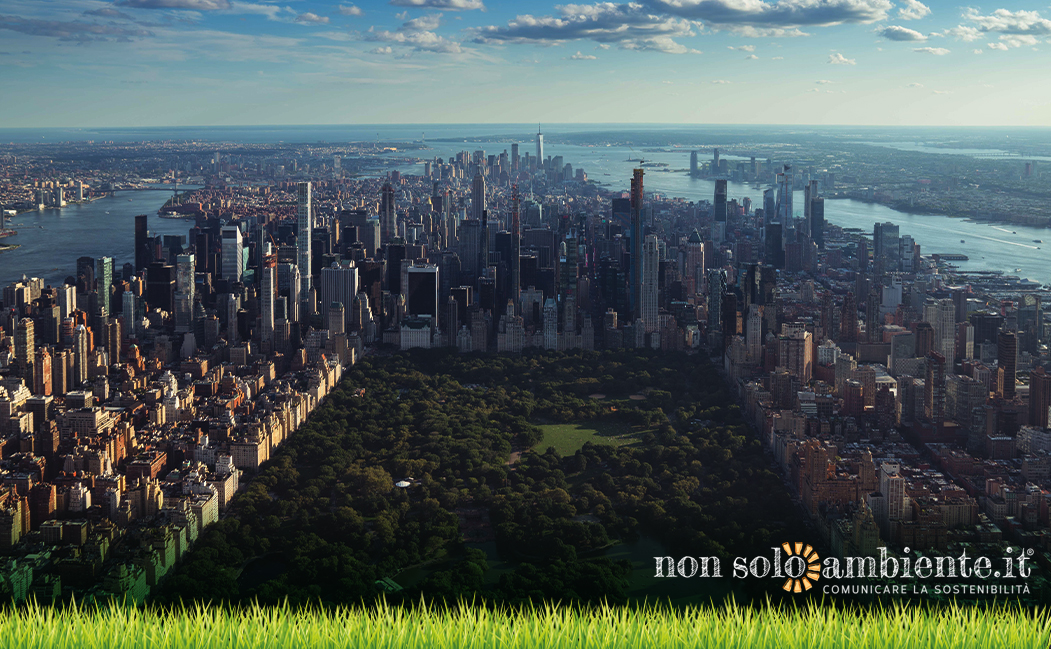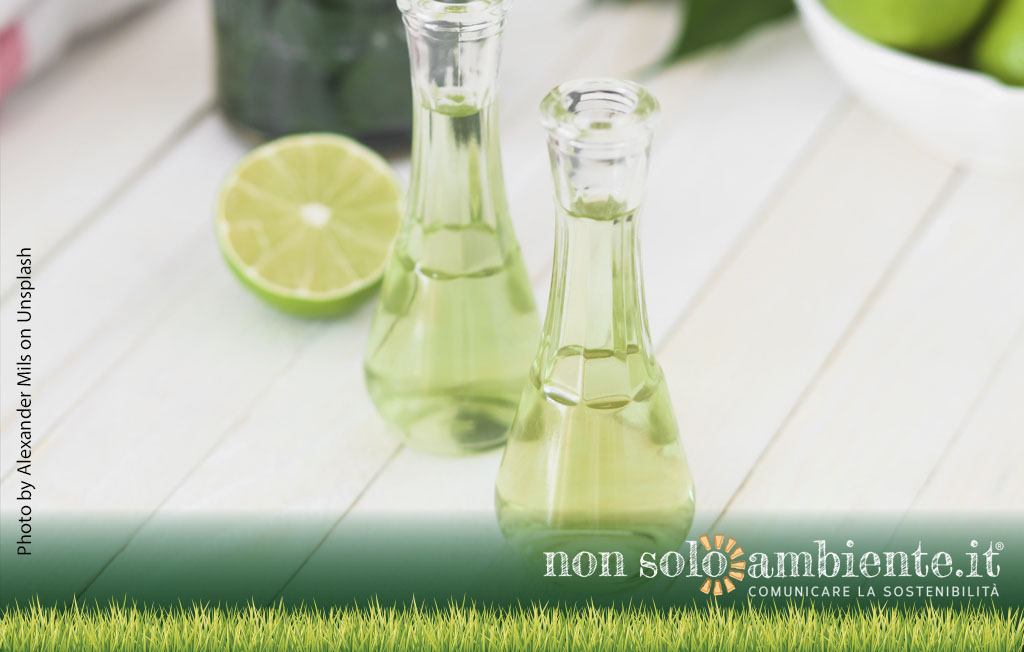
Ultime Notizie

In what way sustainability standards join the cosmetic industry? What are the innovative technologies which use the circular economy model in cosmetics and nutraceuticals' sector? The circular bioeconomy is the answer.
Recently, the term "sustainability" is possibly one of the most inflated terms. We tend to associate it with all aspects of anthropic activities, from the industrial and food production to manufacturing. The cosmetic industry makes no exception, and for several years the "green" theme has been addressed to several levels by this sector.
According to data of 2019's Cosmetica Italia's Beauty Report, in the last three years cosmetic products - claiming being sustainable - have grown by 11%; this is quite interesting concerning body products.
In particular, companies pay particular attention to production processes about CO2 emissions, water consumption, waste management and energy saving, but also to the materials that represent packaging, to the management of the entire supply chain (raw material supply, transportation, logistics ...) and product certifications (Ecolabel, Nordic Swan, Blue Angel). However, consumers seem more interested in creams' components, which will be spread on the skin rather than the whole ecological footprint of the product itself. People begin to wonder what is inside the cleansers or makeup tricks that they daily place on their face.
In particular, attention has been paid to microplastics' risks, since they are present in many products - food and non-daily use, including cosmetics. And so consumers started to pay attention also to the labels of cosmetic products, to avoid all those preservatives and dyes obtained from petroleum (petrolatum, parabens and silicones). The circular bioeconomy joins the aspects of sustainability, which are connected to production on the one hand and the necessary ingredients in cosmetics on the other. It can be said that the circular economy is not truly complete if it does not contemplate the foundations of the bioeconomy: the resulting products from the processing of organic materials can be integrated into a greater circularity of resources. This means a transformation from those traditionally used as secondary raw materials.
Clicca qui per approfondire!There are many uses of the circular bioeconomy in the cosmetic field, although we do not directly get known about it - since circular bioeconomy concerns the production of the ingredients contained in cosmetic products. This is the case of the projects developed by the R&D centres of ROELMI HPC, the international leader in the production of active and functional ingredients for cosmetics and nutraceuticals. This company does make use of secondary raw materials deriving from other processing processes of the agro-industry - food (inedible fractions).
For instance, ROELMI HPC employs inedible fractions of Mediterranean fruits, which derives from the production of juices and concentrates, to make biologically active waters as a functional cosmetic ingredient. The use of these liquids also allows a lower consumption of drinking water during the production phase. This produces completely biodegradable emollient agents, starting from plants with low environmental impact, which are used as an alternative to traditional cosmetic silicones. Finally, polyphenols used for the production of an active ingredient for the nutraceutical market (food supplements), which are useful for modulating glucose absorption, to decrease blood sugar peaks and cardiovascular risk.
When circularity - and therefore the reuse of products deriving from processing - and technological innovation are applied to the models of economic development, it is possible to guarantee higher levels of quality. Moreover, environmental sustainability and health safety are assured too. Now, this strategy is fundamental, especially in the cosmetics sector, as it turns to not only into greater competitiveness for companies - which, thanks to their responsible choice of components for products, increase innovation standards and meet the wishes of consumers. In addition, this strategy can create economic value by respecting the environment and the "person".
Tags:
Potrebbero interessarti ...
Snam’s commitment to sustainability at Dubai Expo 2020
13 Ottobre 2021No more chocolate by 2050 because of extreme droughts effects
22 Settembre 2021How much CO₂ do urban forests absorb?
15 Settembre 2021Iscriviti alla nostra Newsletter!
Sei un sostenitore dell'ambiente in tutte le sue forme? Allora sei nel posto giusto!
Iscriviti subito!